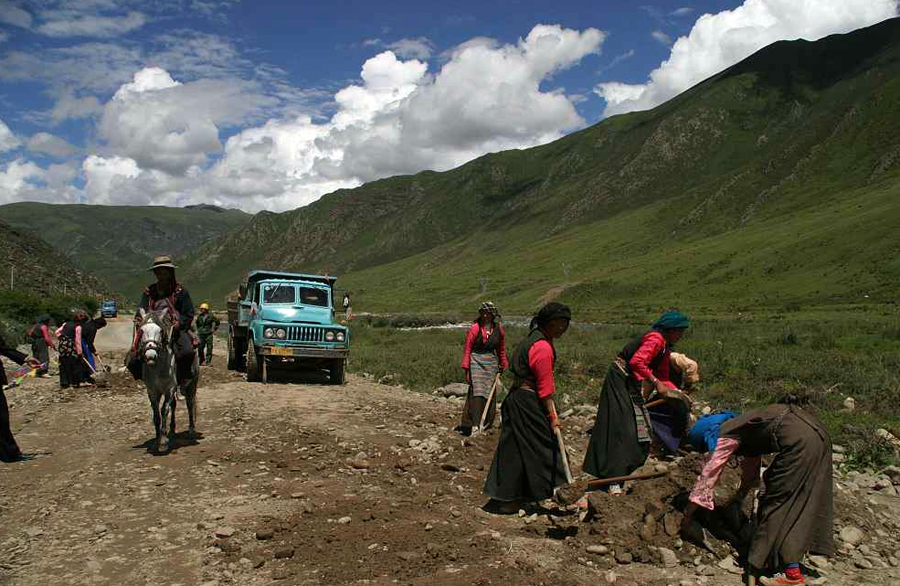(TibetanReview.net, Jan21’21) – Improving the transport infrastructure in Tibet has been a primary focus of China even before it fully took control of the territory in 1959 because of its vital importance for consolidating and maintaining internal security as well as for ensuring geostrategic advantages. And at the ongoing session of the Tibet Autonomous Region (TAR) People’s Congress, China has presented its latest annual report on its progress in this ongoing campaign as a war-like situation prevails across occupied Tibet’s border with India.
The road network in TAR now stretched over 117,000 km, up 50 percent from the end of 2015, as the region continues to see improving connectivity, reported China’s official Xinhua news agency Jan 21.
And the mileage of the rail network in the region had reached 954 km, according to data released at the ongoing fourth session of the 11th People’s Congress of the region, the report said.
Transportation was stated to have long been a bottleneck inhibiting the region’s development, given its complex geographical conditions that posed serious challenges to road construction, road-building technology and funds.
However, since late 2012, China has been strengthening its infrastructure investment in the TAR. So far, roads have connected 95% of the township-level administrations and 75% of the incorporated villages in the region, the report said.
Besides, the region had launched a total of 130 air routes, with 61 cities connected by flights. The number of passenger trips made through these airports reached nearly 5.18 million in 2020, the report added.





